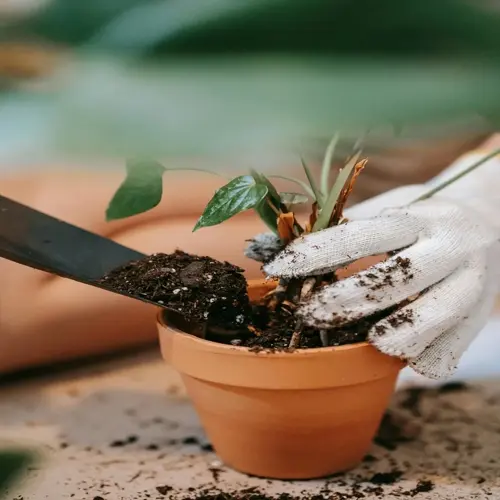What temperature is ideal for seed storage?

Written by
Paul Reynolds
Reviewed by
Prof. Martin Thorne, Ph.D.Temperature regulation is essential for seed storage. Refrigerating granted storage viability from 32 to 41°F (0-5°C) for medium-term storage. Freezing seeds provided storage longevity at 0°F (-18°C) for 5 years or more. Seeds stored at room temperature can be planted within one year.
Freezing Storage
- Maintains 95%+ germination for 5-10 years
- Requires airtight containers to prevent freezer burn
- Ideal for tomatoes, peppers, and lettuce seeds
- Pre-thaw seeds before planting for best results
Refrigeration
- Preserves 80% germination for 2-5 years
- Needs silica gel to control humidity
- Perfect for beans, peas, and flower seeds
- Avoid frequent temperature fluctuations
Room Temperature
- Suitable only for seeds used within 12 months
- Requires dark locations below 70°F (21°C)
- Works for short-lived seeds like onions and corn
- Viability drops rapidly after one year
Prevent temperature fluctuations exceeding 10°F. Constant changes cause condensation, damaging seeds. Use dedicated refrigerators and avoid frequent door openings. For frozen seeds, store in garage freezers with stable winter temperatures.
Transfer seeds from storage areas gradually. Transfer seeds from storage areas gradplease ually. For example, when using frozen seeds, place them in refrigerated storage for 24 hou This transition helps minimize thermal shock, which can cause cracking of seed coats. Transitions should always take place in airtight containers to mitigate the chance of moisture contamination.
Different seeds need specific approaches. Large seeds, such as beans, tolerate refrigeration well. Delicate seeds, such as lettuce, require freezing for long-term storage. Match storage methods to each variety's natural resilience.
Controlling humidity is an important component of temperature control. Place silica gel desiccants in each storage container. Check every six months to see if they need to be replaced; replace them when the color starts to change. Humidity management alone is one type of protection against deterioration. Still, combined with temperature management, you can keep the seed safe and viable for many years.
Use digital thermometers to check the temperature in your storage areas. For precise readings, insert a sensor into the container. Once a week, record the temperature in your garden journal for storage and organizational purposes. Remember to adjust storage locations according to seasonal climate variations and their impact on performance.
Read the full article: How to Save Seeds: A Complete Guide

